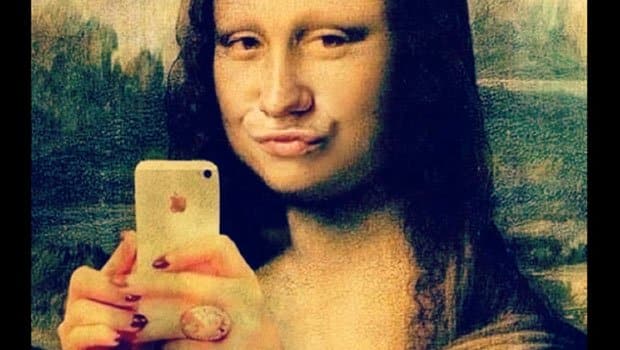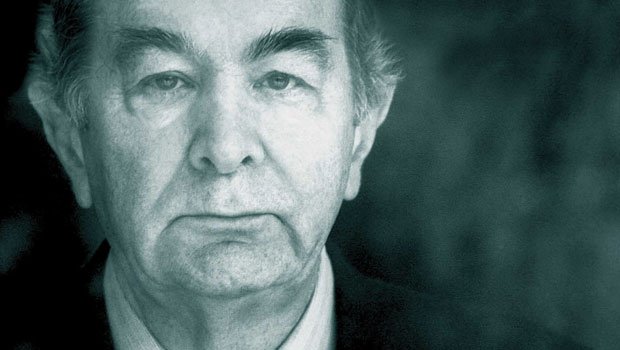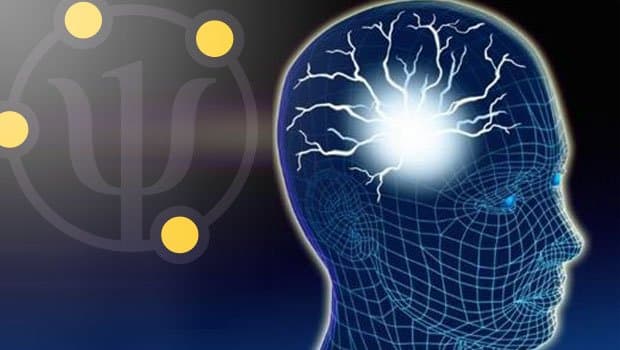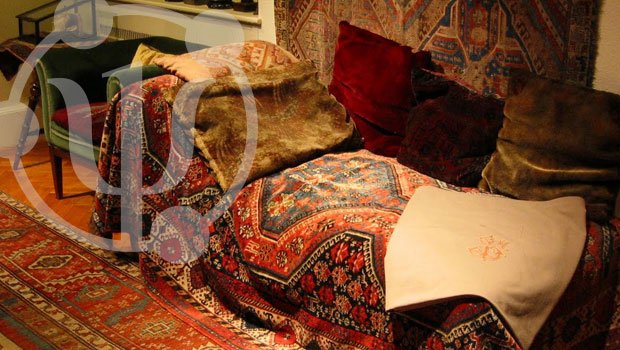Sommario
The arrival of the digital era and the continuous interconnection realised by the social network have provoked a deep transformation in the social communication which have repercussions in every sphere of the human existence: from work to leisure time, from politics to art.
In this article I will analyse some of these, such as narcissistic regression, the selfie phenomenon and the representations made by adolescents of Ophelia.
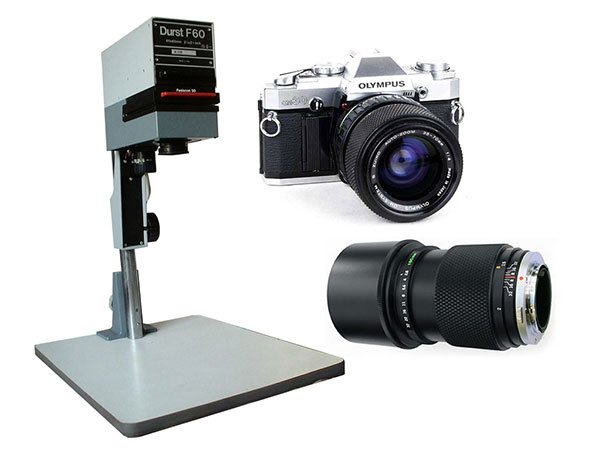
I am not a photographer, even if for years and years I developed and printed many discrete black and white photos with my Durst enlarger with Schneider Componon lens, of the shots taken with my three glorious Olympus reflex cameras with original Zuiko lenses.
I greatly loved photography before my life pursued the direction of psychoanalysis and absorbed, justly so for anyone who intends to lead a profound research, practically all my vital energies.
I feel therefore like a humble member of the great family of amateur photographers.
On the technical and syntax level of the photographic means, obviously, I have nothing to teach, but in over 35 years of clinical activity in the psychoanalytic field I have learnt a series of concepts to which a professional or amateur photographer should familiarise himself, because they make the profound dynamics which underlie the photographic act more evident.
We can define photography, with a rather out of fashion but very dear to me language, as a crystallisation of the living protoplasm.
Nowadays, photographs are hardly ever developed in the dark room, but I dearly preserve the memory of that waiting time when, as by magic, the developer activated the silver halide salts and from a past time emerged the live memories which were suspended in another world.
Now I know why those moments excited me: it is the metaphor of the human psychism function.
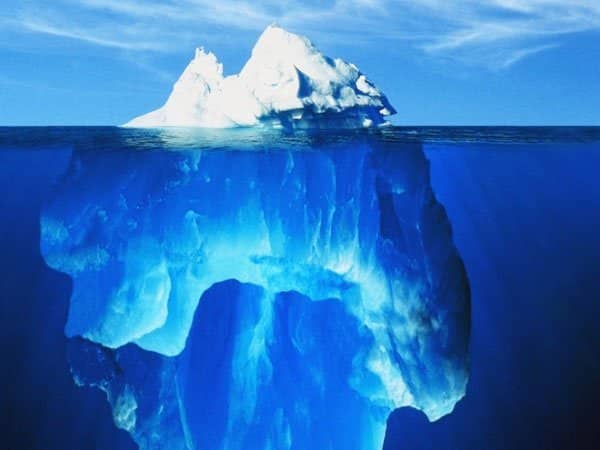
The reader who is reading this article in this precise moment is occupying a part of his mental energies in order to follow what I am trying to explain but a great part of his thoughts, emotions and desires are occupied in a world which is unknown to us, where time does not exist, nor logic nor contradictions, in which opposites coexist and in which images from 50-60-70 years before, full of their affective resonance survive as in photography. We define that world as the Unconscious.
At the end of the day a psychoanalyst is the same as a photographer: he hasn’t taken the shots but he dedicates himself to the developing process of a patrimony which would otherwise remain buried.
During the session, above all for those like myself who practice a form of psychoanalysis which I define ‘intensive’, phenomena of recalling that are at times absolutely amazing, occur: one may find himself in the presence of the same newborn that cried fifty years ago, the childhood monsters materialise themselves, emotions and images that have remained in the psychic frames are developed and reveal themselves, stepping out of Time and crystallising themselves in front of our eyes exactly like a photo does when it is printed onto paper.
In fact, even the two basilar mechanisms of the human mind, identification and projection, perfectly recall the photographic process.
Let’s begin from their definitions:
Identification in psychology represents that process through which an individual builds his own personality by assimilating one or more aspects of another individual and modelling himself on these.
Pieces of the external world are literally psychologically swallowed, in the same way as any photographic camera does, and stored in a support, yesterday our dear negatives, today the bytes of our memory cards.
Our experiences as psychoanalysts tell us that the memory is cellular, of course the central nervous system is fundamental to give a sense to our memories, but numerous neuropsychological experiments have demonstrated that even a single cell has the possibility of remembering traumas.
Projection is the specular mechanism of identification: an archaic and primitive mechanism of defence, which consists in moving one’s own sentiments or characteristics, or parts of the Self, onto other objects or people. A sort of photographic enlarger which, from the memorised support, projects onto the screen constituted by the object with which we are interacting, a series of information incompatible with the conscious Ego that deeply contaminate the relationship.
From this point of view it is unthinkable that the art of photography or the interest for the hobby of photography can undergo a profound modification from here onwards.
Technology changes, techniques become more refined, languages evolve but man’s desire to immortalise the moment, to seize the instant in order to reiterate, relive and, above all, modify it will never change.
If we think about it for a moment, the act of photographing is a defensive act against the death drive which devours us all.
The visual representation is one of the most archaic acts of the human psychism, which elevates him from the animal state.
It is sufficient to observe the extraordinary pictograms preserved in the caves where our progenitors from 35000 years ago lived, the Cro-Magnon, to understand how structural the necessity of the human being is to represent and leave traces.
The thesis that I would like to sustain is that the human psychism, with all its expressions, follows cycles of expansion-contraction. One cannot exist without the other. A harmonious and progressive development of knowledge and human expressivity is an ingenuous abstraction.
To understand what is happening in the virtual era we have to refer to the maturing processes of the human psychism in a very schematic and simple way.
On the contrary to what was believed practically up to the 60s and 70s, the human mind certainly does not evolve from a ‘blank slate’.
In the uterus, firstly through the seismic sleep and secondly through the REM sleep, the human being has access to the experiential archives of the species and digitises his psychism permeating himself with the experiences, traumatic and non, once again from his ancestral line as far back as humanisation.
Birth is at the same time a traumatic moment of separation and a liberation.
Even before his senses are developed and they allow him to interact with the world, the newborn lives enormous anxieties determined by the difficulty of satisfying his own needs.
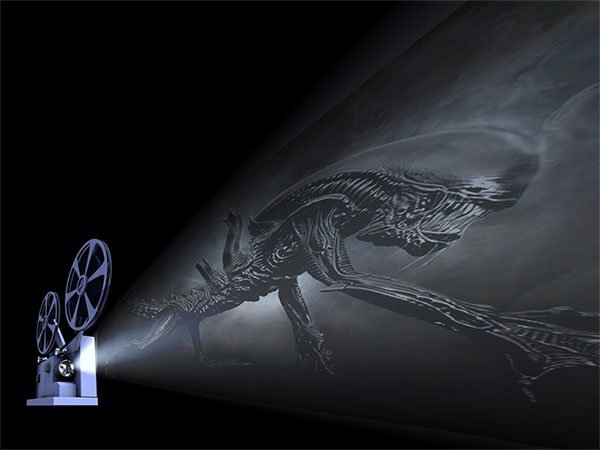
He then begins to expel his nightmares externally. From this point of view the projection is primary in respect to the identification: before being a photographic camera we are an enlarger.
The first stage of the human existence is autoerotic and narcissistic. All the attempts made by the human being are finalised to remain in his own psychobiological sphere trying to eliminate the perception of the external world that he cannot control.
The Ophelia Phenomenon
I would like to make myself clear: when I speak of Ophelia, I do not mean the experimentations and the creative processes of artists, but I intend the border-line cases, the often compulsory phenomena, which induce adolescents to portray themselves (as Emanuela Costantini reminds us in a beautiful interview which she made with ‘yours truly’ in the FotoCult magazine) “…immersed in eternal sleep or in ecstatic postures, in sublime semblances, adorned with impalpable gowns and their bodies decorated with flowers in a graceful state. Often they locate the place in which to stage the ‘passing away’ in their homes – the most preferred place is the bathtub – or in woods, fields and dilapidated buildings”.
I believe that the actual historic era is characterised by a general narcissistic withdrawal, probably determined by an enormous perceptive pressure to which we are exposed, never before as in this time.
It is incessantly repeated that internet annuls the distances. It is not only the web which pushes, but also the tv always switched on, music everywhere that is often lacking in spirit and reduced to an intrauterine obsessive rhythm.
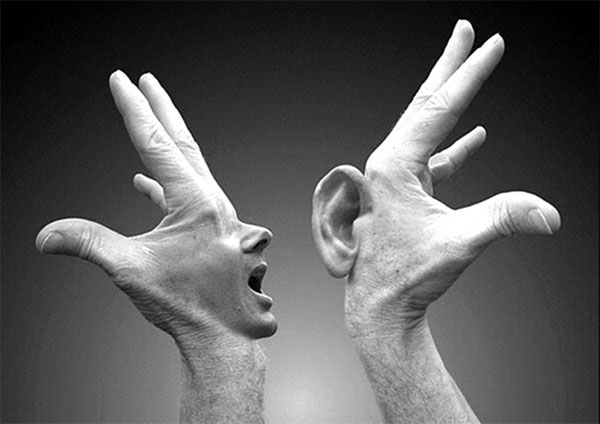
Hence, distance separates but at the same time acts as a defence. The redundancy of stimuli always determines in every organism, from the amoeba upwards, a withdrawal into itself in the attempt to determine a lowering of the external stimuli. Therefore, the interest withdraws into the known, almost as if a kind of a psychic immune reaction triggers itself.
Taking this kind of shot or having it taken of oneself as an episodic activity, could be a way of exorcising the fascination for death. If instead it becomes a repetitive and mono-thematic practice, it could be a sign of a psychic disorder.
With regard to Ophelia, the modern ‘social’ technologies today give more visuality to phenomena which have always existed. Nowadays it is enough to have a smartphone or a digital camera to represent and share sentiments, anxieties or aspirations.
According to psychoanalysis, death is the symbolic representation of an experience of loss, absence and Void.
The virtual world makes the generalised solitude of a fragmented and narcissistic society such as today’s, even more lacerating. And women, like it or not, are the human beings that mostly feel incomplete and mutilated. A lack in respect to men, which is the phallic one. Obviously, all of this is lived at an unconscious level.
In the images of which we are speaking, the agony is usually represented in an ethereal, sublime but sometimes violent way.
The most unusual version of death, the sublime one, corresponds to the unconscious representation of the desire of the orgasmic satisfaction. Not by chance the orgasm was defined by the French as “the little death”. This is due to the intimate closeness of the female psychic universe to the Void.
The provocative abandoning is the quest for the total relaxation and abandonment of every bond with the world, at times frightening, at other times attractive.
The way in which women see and represent themselves has undergone a remarkable change above all in the last twenty years. For centuries, in the western world, social rules and religious taboos severely disciplined the practice of women’s sexuality, relegating them to a condition of total passivity towards men.
The recent sexual liberation has reawaken in them primordial appetites, transforming them from prey to hunters, looking for the redemption from the experiences of deprivation and submission of their progenitors. In the hands of these new women, men have become mere instruments of fecundation.
The Selfie Phenomenon
To better understand the selfie phenomenon and its overwhelming appeal, we need to consider a fact which may seem banal.
In selfies we photograph ourselves, we can repeat the shot, discard the poses that bother us and choose the ones which seem the best.
The truth is that the ones which turn out best are those which better coincide with the ideal image that we have of ourselves.
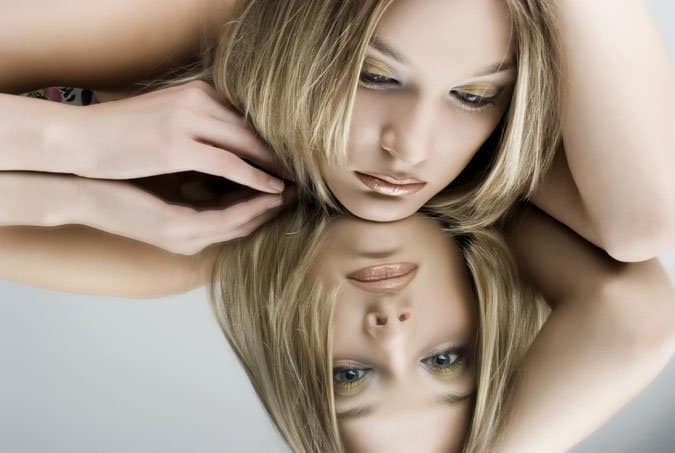
When we look in the mirror we do not see ourselves as we really are: we interpose our ideal image that acts as a filter and reassures us, between ourselves and the real image which is reflected in the crystal. It is for this reason that we do not ‘recognise ourselves’ in many photos.
The ideal Ego is that structure which contains traces of the narcissistic omnipotent vicissitudes regarding the mother-newborn dyad during the fusional stage.
I will explain the concept in simple terms: the newborn absolutely cannot conceive the idea that his mother is a separate entity from himself. He has the compulsive necessity to deceive himself of dominating her, at the most she is his own extension, like a limb.
This is why we speak of “fusional mother”.
When the Ego finds itself in a state of impotence in the management of desires and in their realisation, the omnipotent Ego ideal lives this impossibility as a narcissistic wound. It is then that this omnipotent image of ourselves structures itself: an ideal of power and perfection not at all scratched by the external world.
The selfie is a reassuring ritual, an attempt of narcissistic safeguarding. We withdraw our interest from the world, from our partners who we do not control and we dedicate ourselves to us. The collapse of the object sexuality, above all the heterosexual one, among adolescents cannot escape our attention.
The use of photographic studies in intensive psychoanalysis.
As Gioia Marzi reminds us in an in-depth article which I had the pleasure of publishing in “Scienza e Psicoanalisi”, photography has been used in psychotherapy as early as 1927.
In intensive psychoanalysis, photography is a very important technical support which can be used only in advanced periods of the analytic work, otherwise risking the manifestation of almost irreversible resistances.
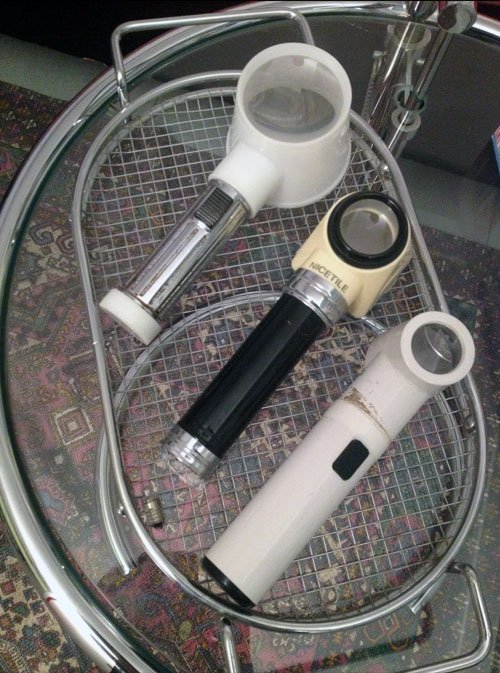
The patient observes first with a naked-eye and then with the aid of progressive lenses the photos which picture him and his family photos (until a few years ago an episcope was also used, now the same result is obtained with the digitalisation of the image and with successive zooms).
Basically the patient is progressively forced to withdraw his projections from the photographic support, thus abandoning his ideal Ego, to see the naked reality of some experiences, which are objectively frustrating or traumatising.
I owe to photography the painful and often dramatic insight of the mother who was totally absent, unresponsive and immerse in her thoughts, who showd a total lack of interest for her newborn child: what a lacerating impact, what cries of pain!
Or, as in the brief fragment of the clinical case which I’m going to illustrate to you in conclusion, the liberation from a persecutory image which has persecuted my patient throughout his entire existence, denying him even the minimal sexual and social life.
I am speaking of a middle aged man who, as well as a feeding disorder, presents a very strong inhibition towards love. He does not have a regular partner and, before beginning his psychoanalysis, he had the slightest sexual life. In late adolescence he had managed to build a relationship with a woman who was notably androgynous and with whom he had sexual intercourse prevalently from behind, which, on one hand evidently satisfied his latent homosexual pressures, and on the other hand avoiding the sight of the vagina, psychically perceived as an amputated organ, mitigated an extremely intense anguish of castration.
The patient came to psychoanalysis after a sexual abstinence that had lasted for 14 years.
Apparently a gentle man, in reality he had a sadistic structure of personality, at times camouflaged by a flaunted passivity of the compulsory type, whose real unconscious aim was to profane, hurt and harm women (the mother). Since his childhood he had simmered an inextinguishable hatred and at the same time a morbid attraction towards his mother. A very profound ambivalence that pushed him towards abstinence.
He was blocked at a kind of cannibalistic desire: devouring his mother to become one with her, destroying her to assimilate her, in a kind of primary oral coitus.
He spoke of his mother as if she were an evil witch that persecuted and dominated him, practically holding him by the testicles, impeding him from living.
The patient had fought for years against the desire of bringing a family photo to the session which portrayed him at the age of 3-4 in his father’s arms, beside whom was his mother holding his two sisters whom he loved yet hated.

He had spoken of it so many times that when I saw him arrive with the family photo I could not believe my eyes.
During the analysis with the naked eye (we invite the patient to realise a sort of virtual grid and to make a detailed description of every cm2 of the photograph) nothing new emerged.
But when the man began to use various magnifying glasses his projective defence began to cede allowing him to see for the first time what had been hidden for almost 50 years.
Let’s listen to him: “But my father is holding me at a distance! What the hell! I bother him! He seems disgusted! And also I, instead of holding on to his neck, I’m pushing him away with an arm. His closeness evidently bothered me!”.
The patient had slept for several years in the same bed as his father since his mother, for work reasons, remained for long periods away from home, and for this reason the child had developed a non acted-out notable homosexual fixation.
Then he speaks about his mother: “But this is not my mother! I have never seen this woman before in my life! She is a stranger! What a beautiful and pleasant face she has! Instead for me my mother was a monster, the one who wanted to maul me to pieces, who wanted to kill me! I was terrified each time she approached me! On the contrary it is not so! My mother in reality was that monster: the pain which I had inside! It was the immense hatred that I felt for her, whenever she disappeared and then returned after a month!”.
In fact the interpretation of the patient is perfect: The patient’s mother left him in the full Oedipus explosion to work as a wet nurse in another city.
She gave her desired breast to another child: an indelible oral betrayal and at the same time the fulcrum of an almost unresolvable fixation nucleus.
In reality, that separation determined such a powerful anguish of annihilation that this man could not leave the maternal nest for long without experimenting a death anguish caused by a strong feeding deprivation.
Not only: the oral frustration had determined the onset of a powerful cannibalistic hatred: the child would have willingly devoured his mother to incorporate her and hold her within him. A desire incompatible with the consciousness that had fuelled the projection of the destructive pressures on the maternal object, superimposing the image of the cannibalistic monster on his mother’s face and consequently on every woman’s face forever, impeding him a normal sexual life.
It was thanks to the analysis of this photograph that the borderline nucleus was dissolved with remarkable therapeutic effects on all of the subject’s life process.
We are debtors to the photographic method of the unhoped-for possibility of resolving severe neurotic and even borderline states.
(graphics by Luca Zangrilli ©)
Translated by Linda De Nardo
Nel 2024 riceve il Premio Accademico d’Onore della Accademia Culturale Internazionale Cartagine 2.0.
Nel 2024 docente ad Almaty – Kazakhstan presso il workshop di psicoanalisi sul tema della violenza, promosso dall’Università di psicoanalisi di Mosca in collaborazione con l’Istituto svizzero di micropsicoanalisi.
Doctor Quirino Zangrilli was born in Fiuggi in 1955. Graduated with honours in Medicine and Surgery in 1980, he practices Psychoanalysis, with intensive method, since 1982. He is author of 72 scientific pubblications. He has attended as speaker or president of session to many national and international scientific Conventions. His book “La vita:involucro vuoto” (Life: empty involucre), published by Borla in 1993, has been in use by the Chair of Dynamic Psychology at Turin’s University since 1994. He is the author and founder of the multimedia review “Psicoanalisi e Scienza” (Psychoanalysis and Science), the most read Italian on line review of psychoanalysis. In 2012 he participated as a Speaker at the Scientific Festival of BergamoScienza. In 2013 he illustrated his research on the maternal-fetal interaction in the Special Session of the XI World Congress of Perinatal Medicine in Moscow with his relation “Intrauterine Imprinting”. He is visiting teacher at Moscow Institute of psychoanalysis and training psychoanalist of Swiss Institute of Micropsychoanalysis.
In 2024 he is a teacher in Almaty – Kazakhstan at the psychoanalysis workshop on the topic of violence, promoted by the Moscow University of Psychoanalysis in collaboration with the Swiss Institute of Micropsychoanalysis.
In 2024 he received the Honorary Academic Award of the Carthage 2.0 International Cultural Academy
Le Le Docteur Quirino Zangrilli est né à Fiuggi en 1955. Diplômé avec mention en Médecine et Chirurgie en 1980, il pratique la psychanalyse depuis 1982, en utilisant une technique intensive. Il est l’auteur de 72 livres et publications scientifiques. Il a participé en tant que conférencier ou président de session à de nombreuses conférences scientifiques nationales et internationales. Son livre “La vie : enveloppe vide”, publié par Borla en 1993, est adopté depuis 1994 par la Chaire de Psychologie Dynamique de l’Université de Turin. En 1994, il a reçu le “Prix national Ciociaria de médecine”. Il a conçu et fondé le magazine multimédia “Psicoanalisi e Scienza”, qui est le magazine de psychanalyse en ligne en italien le plus suivi au monde. (Source : Entireweb, Alexa, Google, Virgilio, Arianna., etc.). En 2012, il a participé en tant que conférencier à la colloque scientifique de BergamoScienza. En 2013, il a exposé ses études sur l’interaction materno-fœtale lors de la session spéciale du XIe Congrès mondial de médecine périnatale à Moscou avec le rapport “Intrauterine Imprinting”. Il est chargé d’enseignement au cours de spécialisation de trois ans en psychanalyse, psychothérapie psychanalytique et consultation psychanalytique à l’Université de Moscou. Il est membre didacticien de l’Institut Suisse de Micropsychanalyse et de la Commission pour la Pratique de celui-ci.
En 2024, il enseigne à Almaty – Kazakhstan à l’atelier de psychanalyse sur le thème de la violence, promu par l’Université de Psychanalyse de Moscou en collaboration avec l’Institut Suisse de Micropsychanalyse.
En 2024, il reçoit le Prix Académique Honoraire de l’Académie Culturelle Internationale Carthage 2.0.
В 2024 году является преподавателем в Алматы – Казахстан на семинаре по психоанализу на тему насилия, проводимом Московским университетом психоанализа в сотрудничестве со Швейцарским институтом микропсихоанализа.
В 2024 был награжден Почетной академической премией Академии Международной Культуры «Карфаген 2.0».

